
Allergic rhinitis, hay fever or pollinosis is an allergic disease characterized by inflammation of the nasal cavity triggered by exposure to specific allergens. Many times the allergic reaction develops as a consequence of exposure to pollen, dust or animal dander.
Once the allergen enters the body for the first time, the immune system starts to produce antibody immunoglobulin E (IgE). These antibodies attach to mast cells and basophils, both of which contain histamine. Repeated exposure to the particular allergen leads to a chain reaction in which mast cells and basophils release histamine, the amount of this substance rises and this is a cause of all the symptoms and signs of inflammation.
Allergic rhinitis is classified into seasonal and perennial. Seasonal allergic rhinitis is typical during pollen seasons and basically affects individuals older than the age of 6 while perennial allergic rhinitis is present throughout the year. It is frequently reported in small children.
Signs and Symptoms
Inflammation of the nasal cavity, i.e. the mucous membrane covering the surface of the nasal cavity is characterized by rhinorrhea, itching and nasal congestion and subsequent obstruction. Rhinorrhea or excess nasal secretion is sometimes unbearable and irritating.
Apart from affecting the nasal cavity allergic rhinitis may additionally cause allergic inflammation of the conjunctiva in the form of conjunctiva swelling and erythema. Eyelid swelling may also occur along with middle ear effusion.
Cross-reactivity makes the matter worse. For instance, individuals allergic to birch pollen also develop allergic reaction when coming in contact with the skin of apples or potatoes. Sneezing while peeling this fruit and vegetable or while consuming them is a common body response. It develops as a result of similarities between the pollen and the particular foods.
Causes
It is a well known fact that allergies affect many people and are considered a common health issue. One is basically more prone to allergic reactions if there are other cases running in the family. Environmental factors are also potential contributors.
The term hay fever is used because allergic rhinitis commonly occurs during haying season. Unfortunately, certain number of patients experience unpleasant symptoms throughout the year.
There are many plants which are blamed for hay fever. For instance, trees such as pine, birch, alder, cedar and hazel are frequently associated with hay fever. The same refers to hornbeam, horse chestnut, willow and poplar. Plane, linden and olive may cause allergy rhinitis as well. While people living in northern latitudes are more prone to birch associated allergic rhinitis, olive pollen is the leading culprit of this allergic reaction in Mediterranean regions. In Japan people develop allergic rhinitis to sugi and hinoki in most cases.
Apart from trees people may become allergic to grasses and weed too. Ryegrass and timothy are the most reported grasses responsible for allergic rhinitis while ragweed, plantain and nettle cause hay fever most out of all weeds capable of triggering such allergic reaction.
Treatment
Treatment for hay fever deals with symptoms and signs of the allergic reaction. Prevention is still the best option but since exposure to potential allergen simply cannot be avoided in all cases, it is best to start with treatment when the symptoms are expected to occur.
Steroids are powerful anti-inflammatory drugs commonly prescribed to patients suffering from allergic rhinitis. They are particularly beneficial for people who develop perennial rhinitis. Steroids are administered in the form of nasal sprays. The treatment lasts for several weeks. Systemic steroids are reserved only for severe cases and are, because of many adverse effects, administered for short period of time.
Apart from steroids, patients may also receive antihistamines, decongestants, cromolyn and leukotriene receptor antagonists. Nasal irrigation is of additional help. Drowsiness is one several side effects of antihistamines. In spite of that, these medications efficiently bring sneezing, rhinorrhea and itching under control.
Patients who face severe symptoms and signs of allergic rhinitis are recommended desensitization. And finally, there are people who additionally opt for complementary - alternative treatments which have not been scientifically proven to alleviate symptoms of allergic rhinitis but still may be efficient in some cases.
Relevant Data
According to statistical data from the year of 2006, 8% of adults and 9% of children were confirmed to have allergic rhinitis. In the same year physicians have examined and took care of more than 12 million people who developed symptoms and sign of the disease due to exposure to specific allergen.
The costs associated with treatment between 2000 and 2005 doubled and were $6.1 billion in 2000, reaching $11.2 billion in 2005.
Furthermore, immunotherapy is successful in around 85% of all cases of hay fever, which should be a positive fact but still this type of treatment cannot help all the patients.
Finally, approximately 60 million people are suffering from thin condition in the United States and medical experts confirm that the number of affected individuals will only rise.


_f_280x120.jpg)
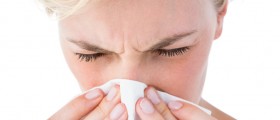

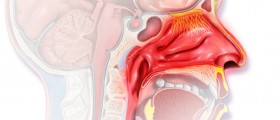
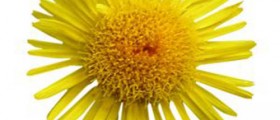

-Does-It-Help-Treat-Allergic-Rhinitis_f_280x120.jpg)
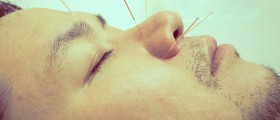



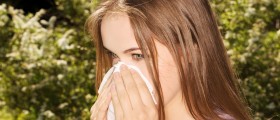
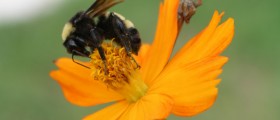
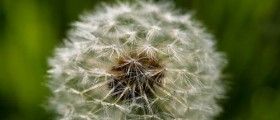

Your thoughts on this
Loading...